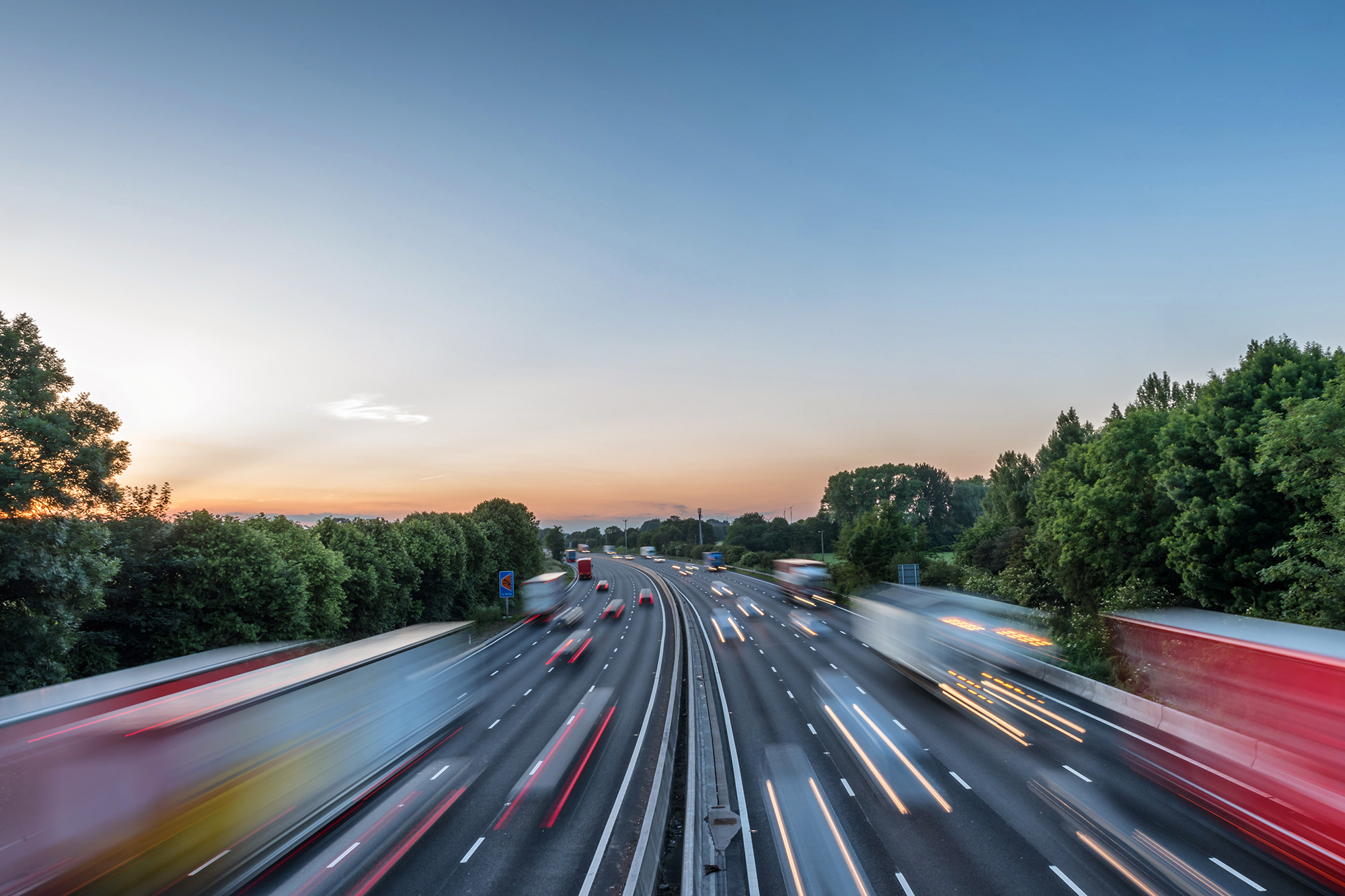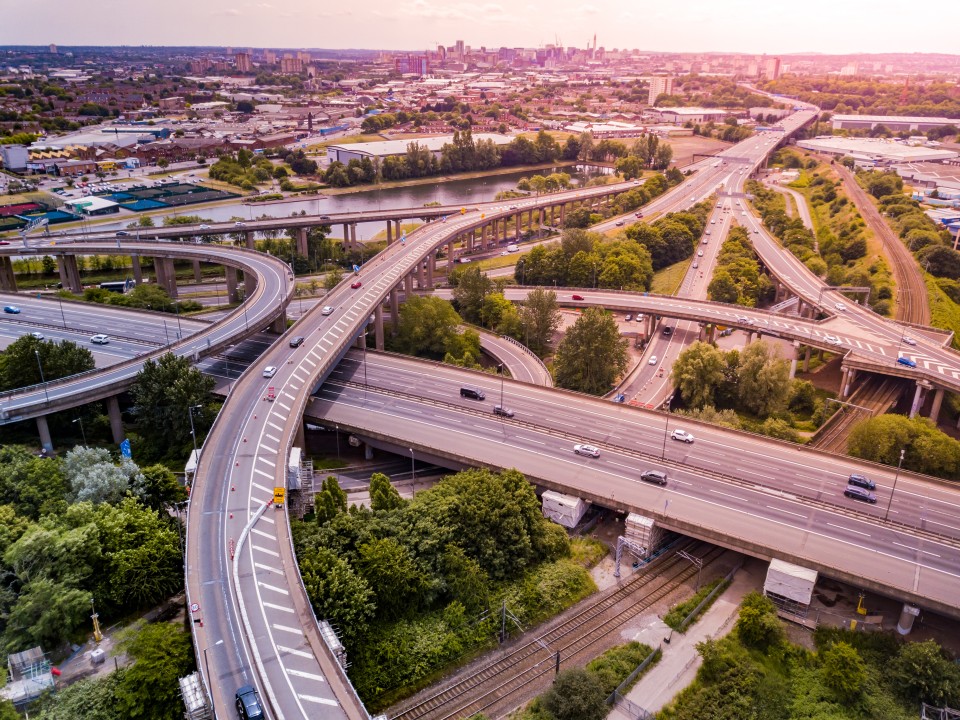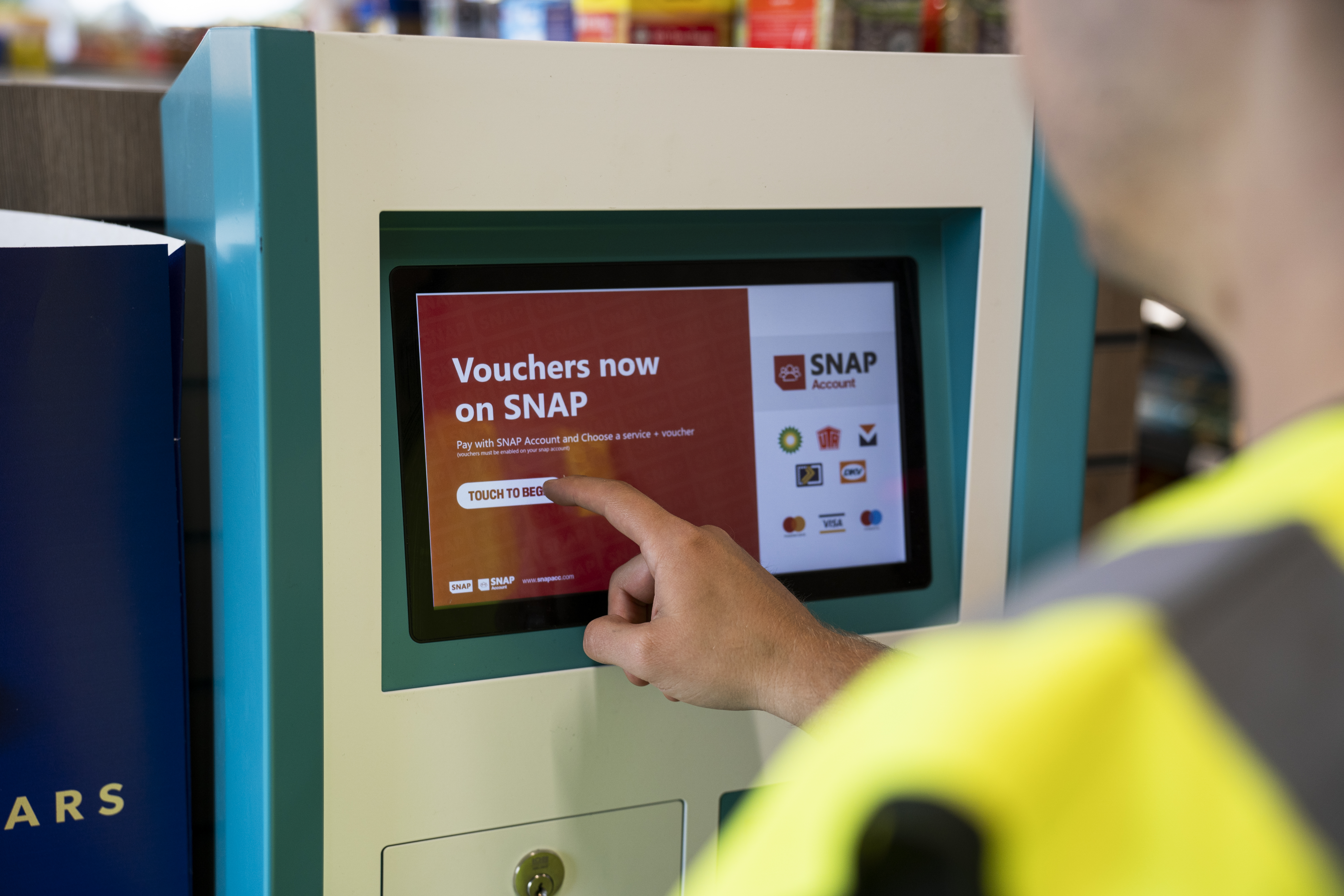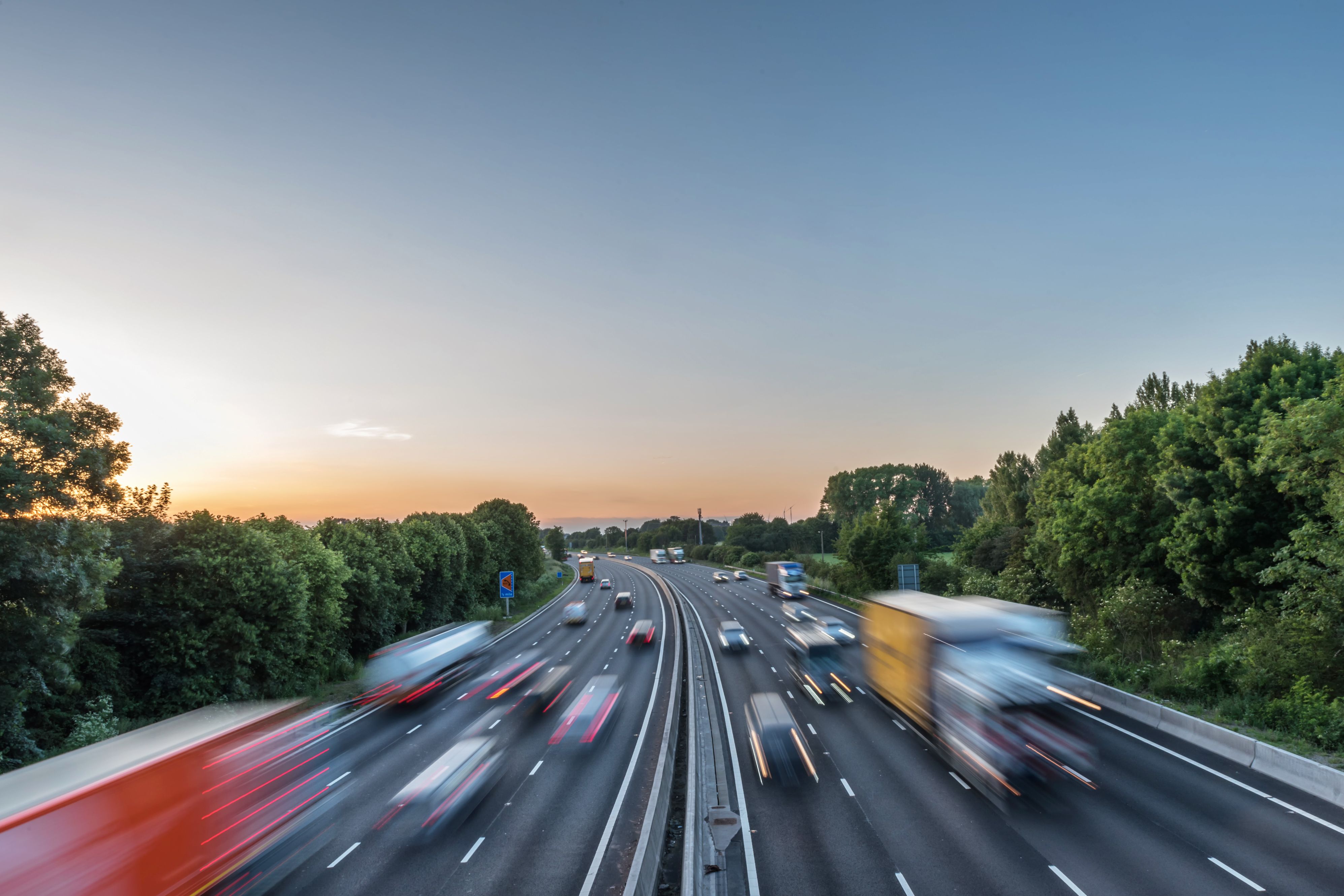
Susie Jones
Unde se duce taxa pentru vehiculele grele de marfă?
Creat: 22.08.2024
•
Actualizat: 22.08.2024
La 1 august 2023, guvernul a reintrodus taxa pentru vehiculele grele de marfă după o suspendare de trei ani. De la introducerea sa în 2014, taxa a fost un eveniment regulat, dar neplăcut pentru cei din industria de transport - lăsând mulți șoferi și flote să se întrebe care sunt beneficiile.
Ce este taxa pentru vehiculele grele de marfă?
[Site-ul web al guvernului] (https://www.gov.uk/government/collections/hgv-road-user-levy) afirmă că taxa pentru vehiculele grele de transport:
"Asigură că toate vehiculele grele de marfă de peste 12 tone contribuie atunci când utilizează drumurile din Regatul Unit."
Pentru ce este utilizată?
Taxa abordează impactul asupra mediului și costurile de infrastructură pe care vehiculele grele de marfă le au asupra Regatului Unit. Scopul său și beneficiile pe care le propune sunt următoarele:
Echitate - Taxa asigură că camioanele care exercită o presiune semnificativă asupra infrastructurii rutiere contribuie cu partea lor la costurile de întreținere și dezvoltare.
Emisii - Având în vedere impactul asupra mediului al vehiculelor grele de transport de marfă, taxa încurajează vehiculele mai curate și mai eficiente.
Întreținerea drumurilor - Finanțarea din taxa pentru vehiculele grele de marfă întreține și îmbunătățește infrastructura rutieră - asigurându-se că cei care beneficiază de rețeaua rutieră contribuie direct la întreținerea acesteia.
De ce a fost suspendată taxa pentru vehiculele grele de marfă?
În timpul pandemiei din 2020, pentru a contribui la reducerea obligațiilor financiare ale transportatorilor din Regatul Unit și din străinătate, guvernul a suspendat taxa pentru vehiculele grele de marfă - a fost planificată o suspendare de un an, dar a fost extinsă la trei ani.
Noua taxă pentru vehiculele grele de marfă a fost reintrodusă și vizează în principal emisiile, greutatea și timpul petrecut în Regatul Unit. Transportatorii se pot aștepta să plătească între 150 £ și 749 £, în funcție de greutatea vehiculului (inclusiv greutatea remorcii), clasa sa de emisii Euro și timpul petrecut în Regatul Unit.

Unde doresc conducătorii auto să vadă cheltuită taxa?
Un raport partajat de RHA a afirmat că membrii săi doresc ca semnalizarea grevei la poduri să fie plătită din taxă. Cu toate acestea, un sondaj efectuat prin intermediul Facebook a identificat faptul că 75% dintre șoferi doresc ca banii din taxa pentru vehiculele grele de marfă să fie cheltuiți pentru îmbunătățirea facilităților de pe marginea drumurilor.
Șoferul de camion Luke a dorit să vadă "taxa pentru vehiculele grele de marfă investită în parcări sigure, sanitare și accesibile înainte de orice altceva".
Întrucât stațiile de camioane sunt un refugiu pentru șoferi, este vital ca acestea să le ofere acestora facilități excelente și o parcare sigură. Pentru mulți șoferi, acestea sunt mai mult decât un loc de odihnă și realimentare - sunt un loc care joacă un rol crucial în îmbunătățirea bunăstării.
Șoferii Ian și Peter doresc ca banii să fie cheltuiți pentru extinderea rețelei pe întreg teritoriul Regatului Unit.
"Avem nevoie de mai multe locuri în care să putem parca în siguranță", afirmă Ian. Peter explică faptul că industria are mare nevoie de "facilități mai bune în stații, precum și de stații noi pentru camioane".
Deși reintroducerea taxei pentru vehiculele grele de marfă a fost întâmpinată cu un sentiment negativ de către cei din industria de transport, aceasta este un lucru pe care firmele trebuie să îl accepte ca fiind aici pentru a rămâne. Rolul său asigură venituri pentru întreținerea drumurilor și este vital pentru încurajarea unei industrii curate și mai eficiente.
Cine trebuie să plătească taxa de utilizare a drumurilor pentru vehiculele grele de marfă?
Operatorii și șoferii sunt responsabili pentru plata taxei. Vehiculele din afara Regatului Unit trebuie să plătească taxa înainte de a intra în țară. Camioanele înmatriculate în Regatul Unit vor avea ratele calculate automat de DVLA și plătite în cadrul aceleiași tranzacții ca și taxa de exercitare a dreptului de utilizare a vehiculului.
Guvernul mai finanțează formarea pentru vehiculele grele de marfă?
Pentru a ajuta la atenuarea presiunii pe care Brexit și pandemia au avut-o asupra industriei de transport, în 2021, guvernul a introdus planuri pentru a pune mai mulți șoferi pe drum. Finanțarea a asigurat formarea a 4 000 de șoferi pentru a-și obține permisul de conducere pentru vehicule grele. HGV Skills Bootcamps s-au deschis pentru a finanța și alți cursanți adulți.
Ministerul Educației a confirmat că finanțarea va dura până la sfârșitul anului universitar 2023.



